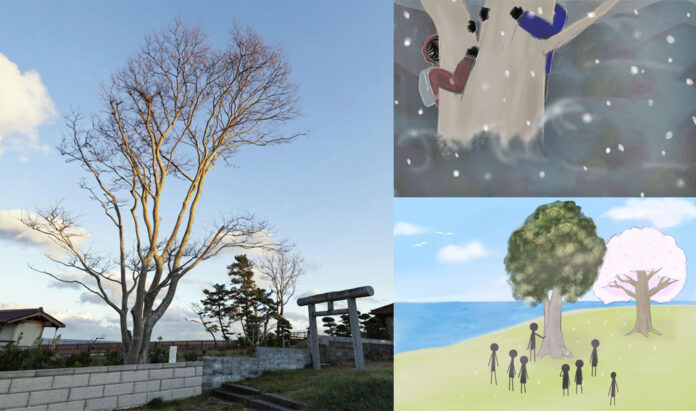
SENDAI – Disaster, has written a story that frames the life-saving Japanese zelkova tree as a hero to teach people about the tsunami, triggered by the mega earthquake, which wrought destruction on the community.
The tree is said to have been planted on a bluff that juts out over the Pacific Ocean called Asahizaki in the wake of the 1896 Sanriku earthquake, which occurred off the country’s Pacific coast in the Tohoku region and resulted in two huge tsunami waves decimating thousands of homes, causing over 20,000 deaths.
While its exact height and age are not known, the zelkova, a deciduous tree related to the elm, has gained popularity among locals owing to its folklore as a “protector of the people.”
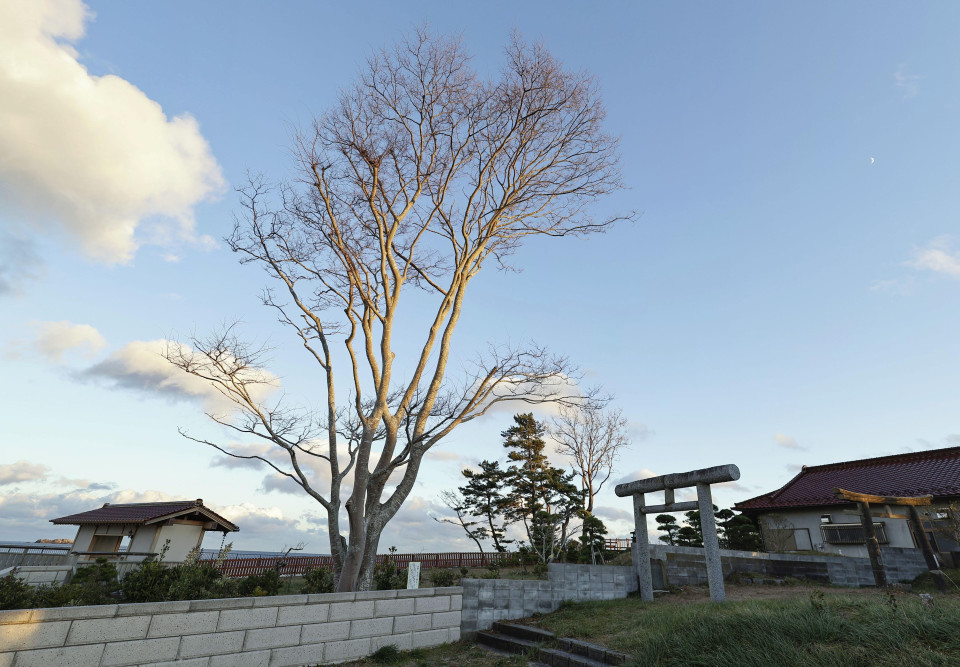
On March 11, 2011, a tsunami with a height of over 10 meters engulfed the local village in the wake of the 9.0 magnitude quake that ravaged the region. Figures from the National Police Agency have put the death toll from the disaster at 15,900 people, while 2,523 people remain unaccounted for.
Onodera took refuge in an area near the cape where the incident transpired, but her father died. The eight locals who had evacuated to the bluff were able to escape the tsunami due to what appeared to be a stroke of luck — a ladder drifting by their location that they used to scramble up the zelkova tree. All eight of them narrowly escaped death.
Several years later, Onodera learned that the tree was dying due to salt damage, and thought of telling the story of the heroic tree before it was too late. She began writing her tale, titled “Keyaki no Omoi” (“Thoughts of Zelkova”), in the winter of 2020 and completed it in three months.
“I wanted to give a shape to (the tree) before it disappears,” she said.
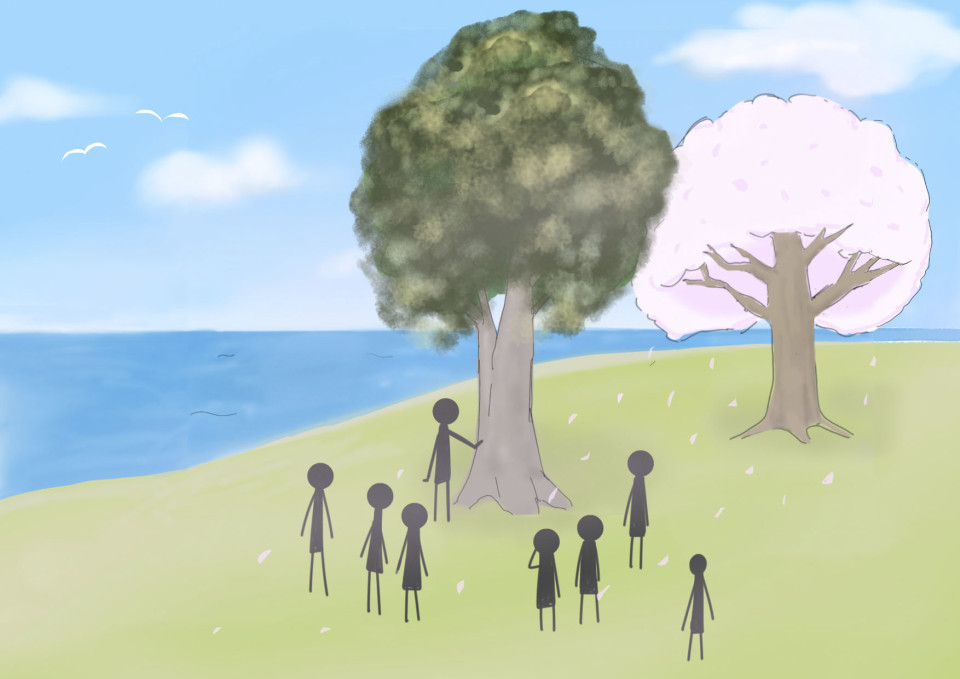
In the story, the tree is personified, narrating the approaching tsunami and its role as savior of the people.
“I have made a wish that none of those clinging on to me fall off,” Zelkova, the tree’s name in the story, says.
The tale tries to remain close to the hearts of residents still grappling with the loss of family and friends today.
“People work on the beach and go out to fish, bearing the sorrow of losing their family members and friends,” Zelkova says in one part. “I am pleased and encouraged when I see them,” it continues.
In May 2023, Onodera began thinking about how to pass on the story of the zelkova tree to children born after the earthquake and tsunami disaster. Coincidentally, she ran into Misato Kikuta, a 22-year-old senior student at the Tohoku University of Art and Design, a local whom she had known from the village.
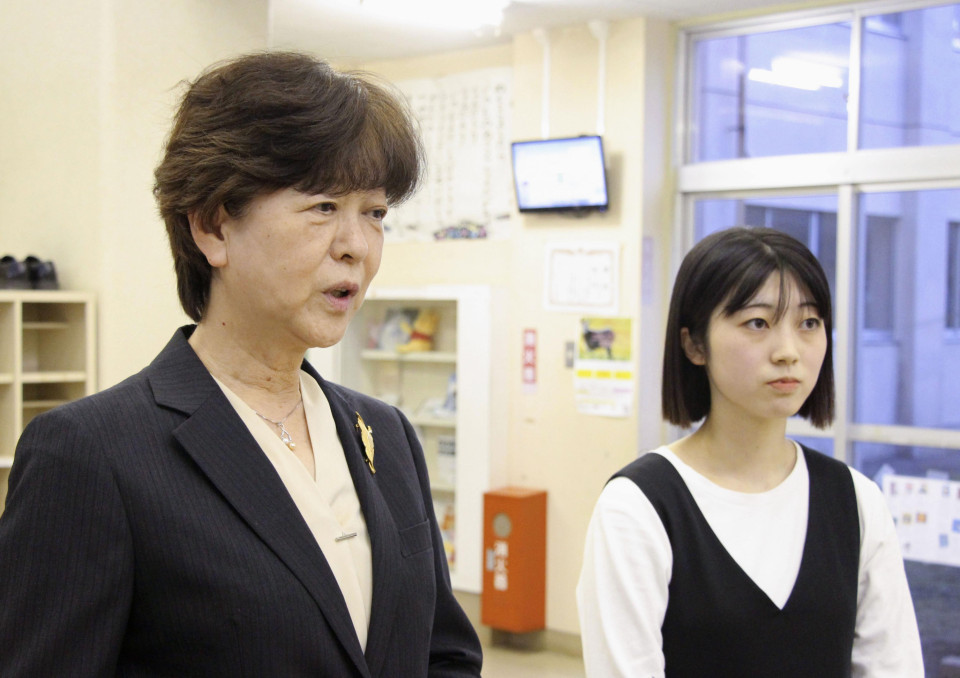
Born and raised in Kesennuma, the Kikuta family home near the zelkova tree was completely destroyed by the tsunami. Kikuta was just nine, and her grandparents were among the eight who climbed the tree.
Kikuta, who enjoys painting as a hobby, willingly accepted an offer from Onodera to draw the illustrations for the story. “I wanted to contribute in any way I could,” Kikuta said.
She made a series of sketches while recalling her grandparents’ experience and the scenes of life in the district before the disaster struck. Her illustrations, seven of which are rendered in color, depict the eight people gathered beneath the zelkova tree among other images.
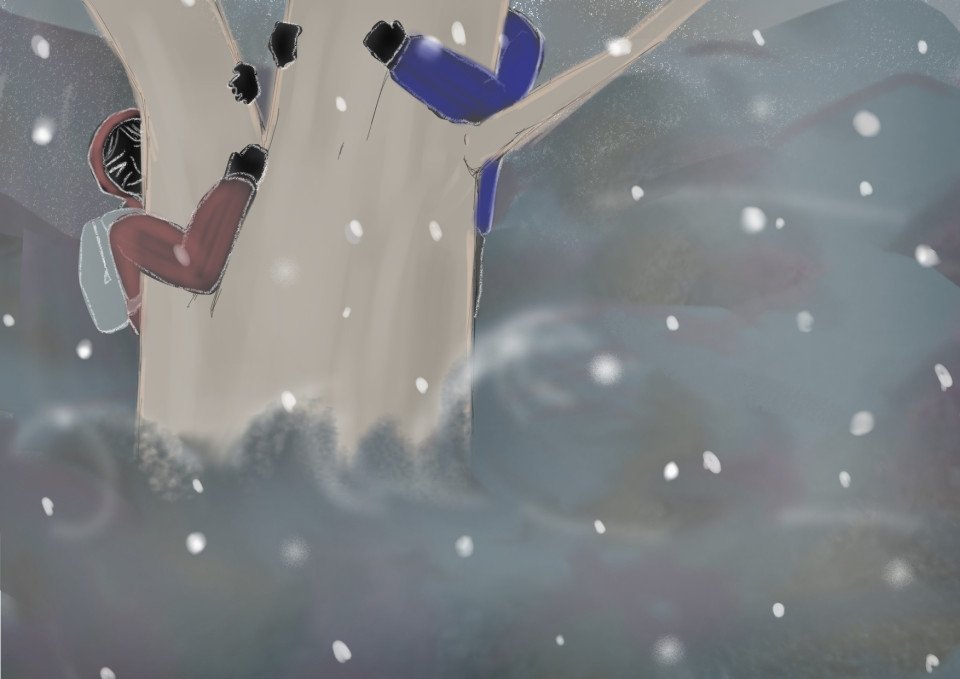
The drawings were unveiled at a recital held by Onodera in late October, where she read her story in front of elementary school children in Kesennuma, who attentively listened to the story.
Kikuta said that at first, she was afraid her elderly relatives would be reminded of their bitter experience, but they were both pleased with her illustrations.
Onodera and Kikuta aim to introduce a story recital and the illustrations on YouTube, with plans to add eight more drawings to the work by the end of March this year.
“We would like to keep telling people (regardless of age) about not only those who lost their lives but also the people who survived the disaster, and the actions of the people in our hometown,” Onodera said.
____
Related article:
Japan Marks 12 Years Since Quake-tsunami That Led to Fukushima Crisis














































